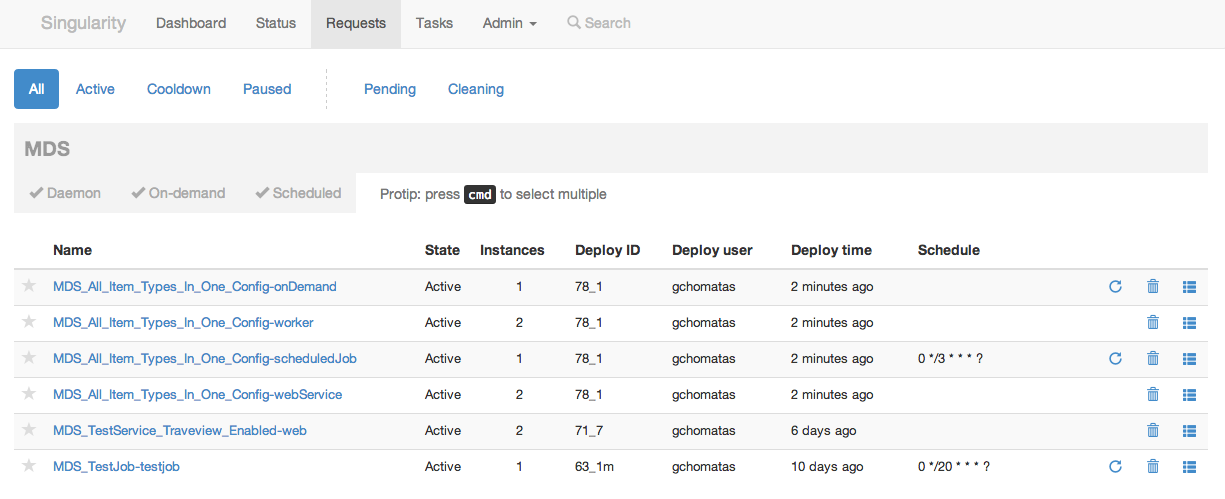OctoPerf v9: The New Unified Docker Agent
OctoPerf Enterprise-Edition is OctoPerf fully installable on your own hardware. Up to OctoPerf v8.x.x, OctoPerf EE uses Rancher to manage load generators.
After multiple setup sessions with our customers, we came to the conclusion that we needed to improve the way load generators and monitoring agents are managed. We had to make core improvements to make OctoPerf EE much easier to install. Let's see:
- How OctoPerf currently works and why it's not optimal,
- And the changes we've made in the upcoming
OctoPerf v9.0.0to greatly improve the situation.
Let's go!
Historical Changes
2014-2015: Apache Mesos Agent

Why the hell have we based OctoPerf on Rancher? That's a fair question I'm going to answer.
Initially, back in 2015, when we released OctoPerf's first version, it was based on Apache Mesos and Singularity. As explained on their website today:
